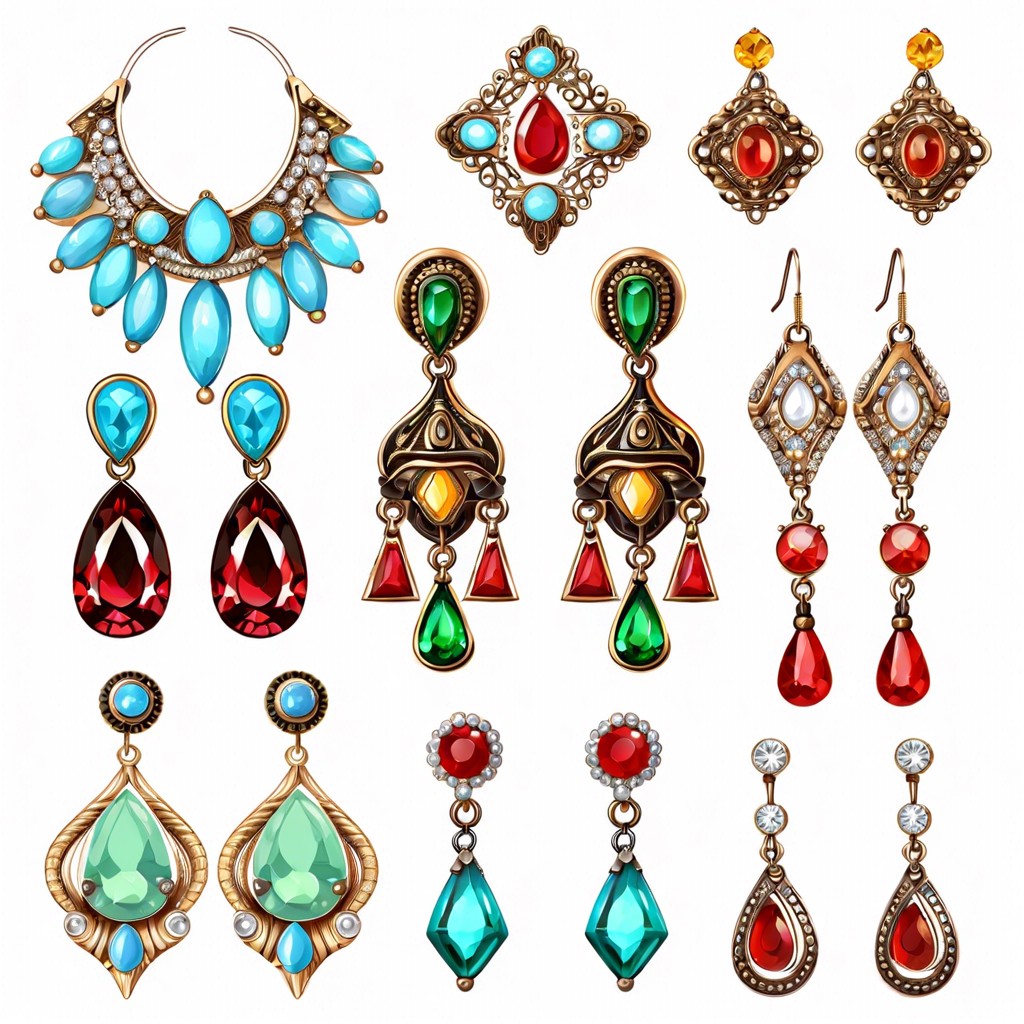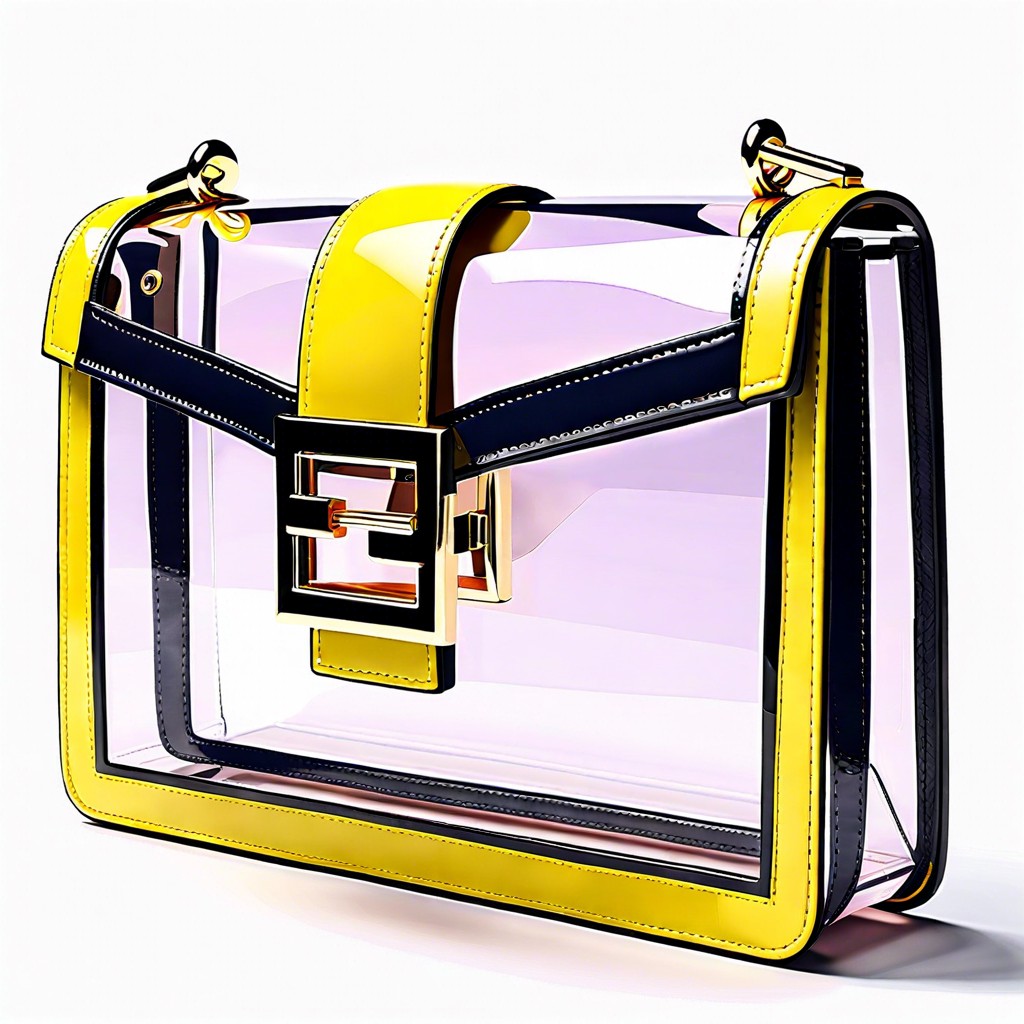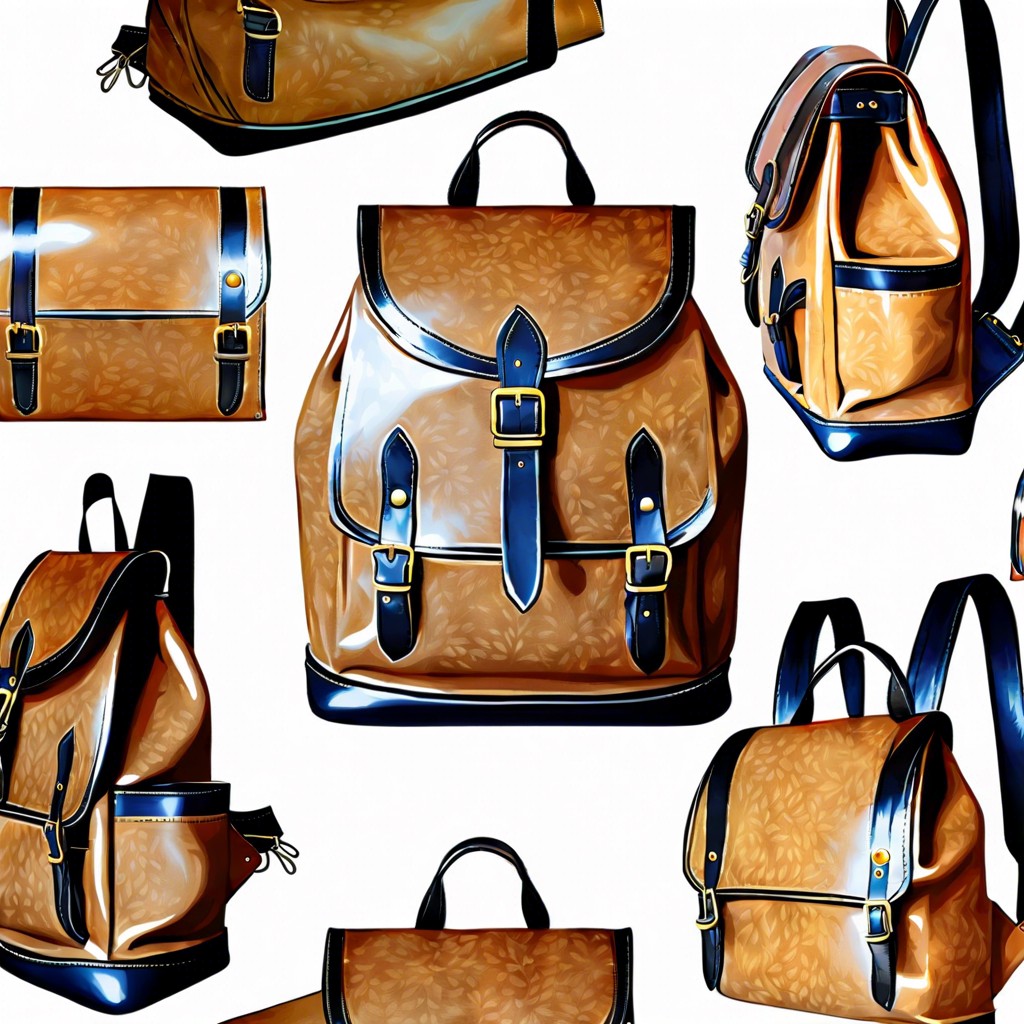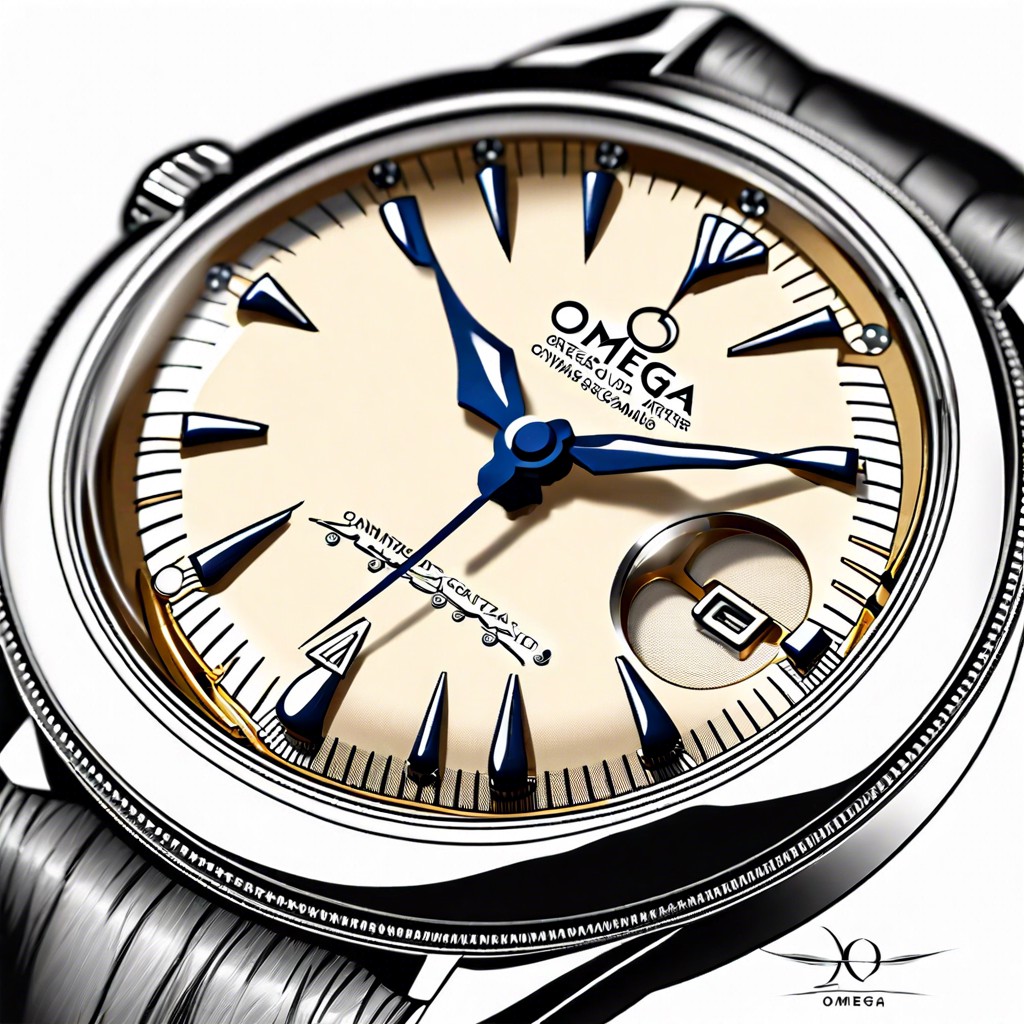Last updated on
Discover practical tips and key considerations for choosing the perfect pair of vintage earrings.
Key takeaways:
- Vintage earrings offer a glimpse into historical fashion trends and cultural shifts.
- Different eras have distinct styles and materials used in vintage earrings.
- Identifying authentic vintage earrings requires careful observation and research.
- Proper care and maintenance ensure the longevity of vintage earrings.
- Antique shops, online platforms, auctions, and estate sales are great places to find vintage earrings.
History of Vintage Earrings

Vintage earrings trace their origins back hundreds of years, serving both as personal adornments and as indicators of social status. During the Georgian and Victorian eras, earrings featured intricate designs with precious stones and metals, reflecting the craftsmanship of the periods. In the 20th century, styles shifted with fashion trends, from Art Deco’s geometric designs in the 1920s to the bold, colorful statements of the 1960s and 1970s.
Significantly, each era brought its signature materials and techniques. For example, the use of bakelite in the Art Deco period introduced a new, affordable material that allowed for mass production of stylish earrings. Meanwhile, the retro period favored large, gold-plated designs often studded with rhinestones or pearls.
Collectors appreciate vintage earrings for their historical significance and the stories embodied within each pair. These pieces not only mirror the fashion trends of their times but also the technological advances and cultural shifts. As such, vintage earrings offer a fascinating glimpse into the past, making them coveted pieces for both their beauty and heritage.
Types of Vintage Earrings

The diversity in vintage earrings spans various eras, each with its characteristic styles. From the intricate Art Deco designs of the 1920s and 1930s to the bold, colorful statements of the 1960s, each period offers a glimpse into the fashion trends and craftsmanship of the time.
Art Deco pieces are often geometric and made with platinum or gold, featuring precious stones. They reflect the elegance and sophistication of their era. Moving forward, the mid-20th century introduced Costume jewelry. These items frequently used less expensive materials like rhinestones and Bakelite, making fashion accessible to the masses.
The Retro era, around the 1940s to 1950s, saw oversized designs and exaggerated shapes, mirroring the Hollywood glamour that influenced everyday fashion. Lastly, the Mod style of the 1960s embraced pop culture with vibrant colors and novel materials like plastic, embodying the youthful rebellion of the time.
Each type offers a distinct aesthetic and collecting appeal, from understated elegance to flamboyant designs that capture the spirit of their respective periods.
Identification and Value of Authentic Vintage Earrings
Recognizing genuine vintage earrings involves keen observation and a bit of research. First, inspect the backside; older earrings often have screw-backs or simple lever clasps rather than modern push-backs. Hallmarks, often found on the post or at the back, can indicate the maker and the metal’s quality, which are crucial for dating the piece.
Material is also a telltale sign. Prior to the 20th century, popular materials included gold, silver, and platinum, with later years welcoming bakelite and other plastics.
The design can also signal age; Art Deco styles suggest the 1920s and 1930s, while the bold, colorful designs might point to the Mid-Century.
The earrings’ condition affects their value significantly. Pieces in pristine condition fetch higher prices, but rarity and desirability can also inflate their worth. Engage with knowledgeable dealers and utilize online forums to sharpen your identification skills and better understand market values. Always consider consulting with a professional appraiser for an accurate assessment.
Care, Maintenance, and Restoration of Vintage Earrings
Preserving vintage earrings requires gentle handling and proper storage. For daily care, lightly dusting them with a soft brush prevents dirt buildup. When deeper cleaning is necessary, opt for mild soap and water; avoid harsh chemicals that could damage old materials or loosen stones.
Regarding repairs, it’s wise to consult with a professional skilled in antique jewelry. They can address issues without compromising the integrity of the pieces. For instance, soldering a broken clasp should be done with a lower temperature to prevent damage to delicate old metal.
To prevent further wear, store earrings in a dry, soft-lined box where they won’t get tangled with other items. Avoid excessive heat and moisture, which can tarnish metals and degrade gemstones. Treating vintage earrings with respect ensures their longevity and preserves their historical value, allowing them to continue being treasured items of adornment.
Where to Purchase Vintage Earrings
Antique shops often become treasure troves for those passionate about vintage jewelry. These establishments typically carry a range of unique pieces, each with its own story. When exploring local antique stores, take the time to discuss your interests with the owners. Their expertise can guide you to earrings that authentically represent different eras.
Online marketplaces like Etsy and eBay also offer extensive selections of vintage earrings. These platforms allow sellers from around the globe to offer their goods, considerably broadening your options. Always check seller reviews and feedback to gain insights into their reliability and the quality of their merchandise.
Auctions, whether online or in-person, can be thrilling venues for acquiring vintage earrings. Auction houses like Sotheby’s and Christie’s often feature jewelry sections in their catalogues. Participating in these events requires some knowledge of auction procedures and setting a budget, as bidding can escalate quickly.
Finally, don’t overlook estate sales. These sales can be excellent sources for high-quality vintage earrings at reasonable prices. Local newspapers, estate sale websites, and social media groups can provide information on upcoming sales in your area.




